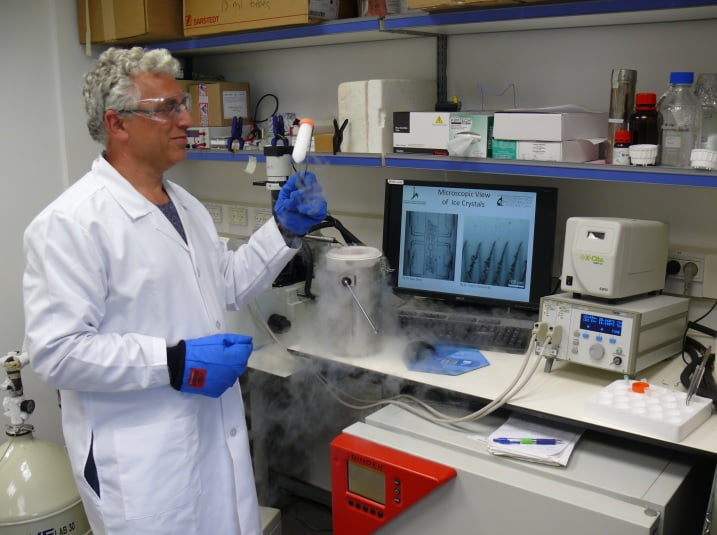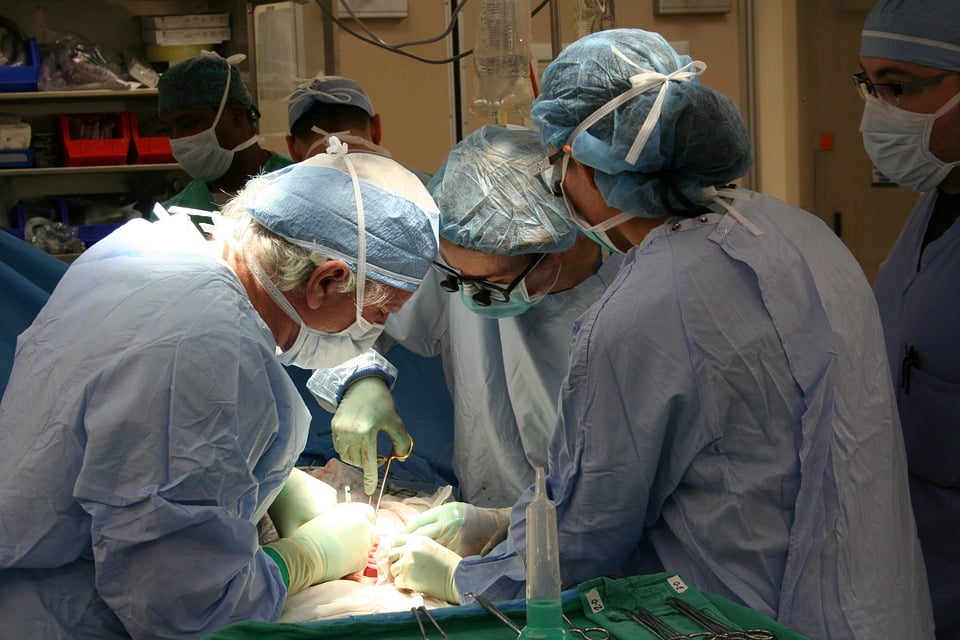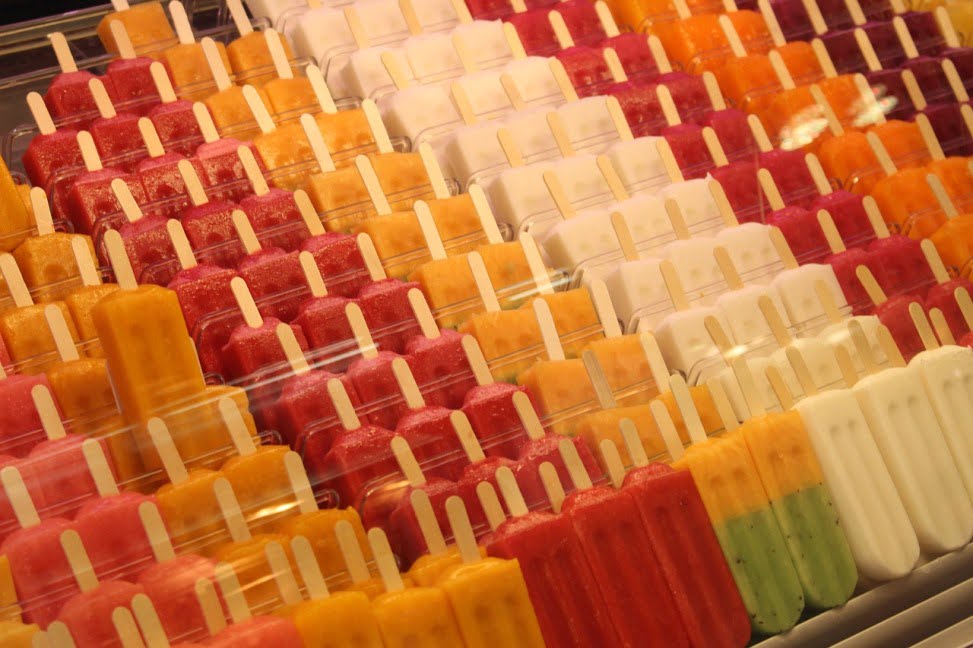When transplanting donated organs, time is of the essence. Transplantation stands the best chance to succeed when performed as quickly as possible after the donor surgery. A heart or lung is kept viable for transplantation for only six hours before deterioration begins. A pancreas or liver go to waste after 12 hours in storage, and a kidney can be kept outside the body for less than 30 hours.
Keep cool, not frozen
One of the main problems standing in the way of storing organs for more than a few hours is ice growth. When organs are frozen, expanding ice crystals damage the cells in a way that they cannot be revived. Therefore, organs which are removed from a donor are kept cooled but not frozen.
A Hebrew University team led by Prof. Ido Braslavsky is now contributing significantly to the effort to perfect the process of preserving cells, tissues and organs in sub-zero temperatures. This would enable long-term banking of tissues and organs and efficient matching between donor and patient, eventually saving the lives of millions of people around the world.
“The ability to freeze organs and to then thaw them without causing damage to the organ itself would be revolutionary in terms of our chances to save lives,” Braslavsky said in a statement.
SEE ALSO: Israeli Scientists Develop New Human Stem Cells With Half A Genome

Prof. Ido Braslavsky at his lab, where his team investigates ice-binding proteins and new methods in cryopreservation of cells. Courtesy
Braslavsky’s area of specialty is so-called “antifreeze proteins,” ice-binding proteins that help organisms resist or withstand freezing in water and on land by inhibiting the formation and growth of crystalline ice. Ice-binding proteins were discovered some 50 years ago in Antarctic fish and are now known to exist in cold-resistant fish, plants, insects and microorganisms. They actively inhibit the formation and growth of crystalline ice, and their superiority over other antifreeze substances is that they are needed in very low amounts to do it effectively.
Sign up for our free weekly newsletter
SubscribeBraslavsky and his team collaborated with Prof. Peter Davies from Queen’s University in Canada to investigate the mystery of exactly how ice-binding proteins stop the formation of ice crystals. They discovered that antifreeze proteins bind permanently with ice. “We found that proteins in insects are much more efficient in inhibiting ice growth than proteins in fish, but fish proteins bind faster to ice,” according to Braslavsky.
Learning from frozen foods?
This finding, recently published in the scientific journals Langmuir and RSC Advances, could be crucial for the advancement of using these proteins to help preserve frozen organs as well as frozen foods.
Many are familiar with ice cream that has lost its texture in home freezers, or meat that has lost a lot of its liquids and doesn’t look or taste fresh after thawing. Ice-binding proteins may allow the control of ice in frozen food and the developments of new frozen treats. Some food manufacturers have already started using ice-binding proteins in their products.
Braslavsky’s pioneering work in studying the interaction between antifreeze proteins and ice is now expanding to developing a cryopreservation technique (a process by which cells susceptible to damage caused by chemical reactivity or time are preserved by cooling to sub-zero temperatures) that will allow revival of cells and tissues while restoring their form and function.
Clearly, Braslavsky’s technique could be instrumental in ending the organ transplant shortage.
Related posts

Israeli Medical Technologies That Could Change The World

Harnessing Our Own Bodies For Side Effect-Free Weight Loss

Missing Protein Could Unlock Treatment For Aggressive Lung Cancer





Facebook comments